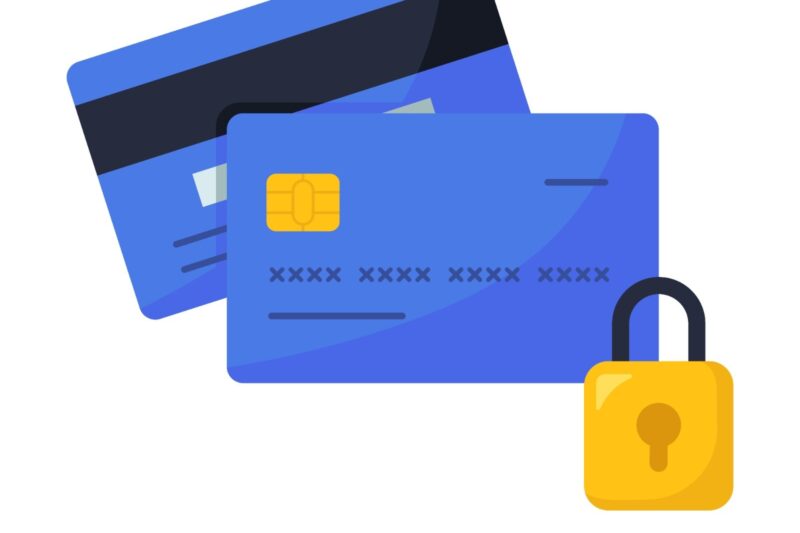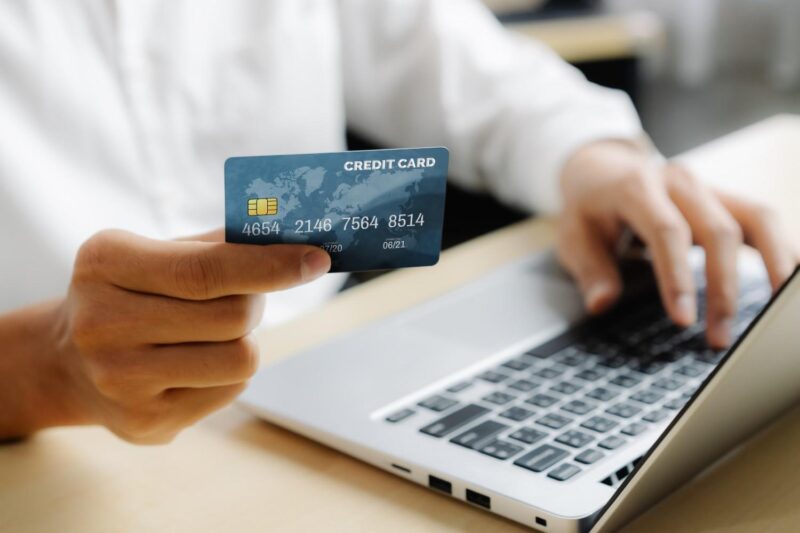In today’s digital age, financial tools and codes are essential for smooth transactions and credit management. Two commonly used yet often misunderstood terms are credit card and IFSC Code. Understanding these tools and how they work can save time, ensure secure transactions, and improve your financial planning. This article dives deep into what a credit card is, what an IFSC Code is, and why both matter. It also explains common use cases, benefits, and clears up frequent confusion around them.
What is a Credit Card?
A credit card is a financial instrument issued by banks or financial institutions that allows users to borrow funds up to a certain limit to purchase goods and services. The borrowed amount must be repaid within a stipulated time, failing which interest is charged.
Key Features of a Credit Card
| Feature | Description |
| Borrowing Limit | Varies based on credit score and income |
| Interest-Free Period | Usually 30-50 days if the full payment is made on time |
| Loan Tenure (if applicable) | Ranges from 2 to 18 months on certain EMI purchases |
| Loan Amount | Varies from ₹1,000 to ₹5,00,000 on select card-based loans |
| Usability | Both online and offline transactions globally |
Benefits of Using a Credit Card
- Convenient and Cashless Transactions
- Makes it easy to shop online or in-store without carrying cash.
- Makes it easy to shop online or in-store without carrying cash.
- Builds Credit Score
- Responsible usage of a credit card improves your creditworthiness over time.
- Responsible usage of a credit card improves your creditworthiness over time.
- Emergency Credit Access
- Acts as a short-term credit source for emergencies or unplanned expenses.
- Acts as a short-term credit source for emergencies or unplanned expenses.
- Reward Points and Offers
- Most cards offer cashback, travel benefits, and reward points.
- Most cards offer cashback, travel benefits, and reward points.
- Loan Tenure Flexibility
- Card-based loans offer a flexible loan tenure from 2 to 18 months, making large expenses manageable.
- Card-based loans offer a flexible loan tenure from 2 to 18 months, making large expenses manageable.
What is an IFSC Code?
The IFSC Code (Indian Financial System Code) is an 11-digit alphanumeric code used to identify specific bank branches in India. It is crucial for conducting electronic payment systems like NEFT, RTGS, and IMPS.
Example of an IFSC Code
SBIN0001234
- First 4 characters: Bank Code (SBIN)
- 5th character: Always 0 (reserved)
- Last 6 characters: Branch Code (001234)
Common Use Cases for an IFSC Code
| Use Case | Why IFSC Code Needed |
| Online Bank Transfers | Identifies the recipient’s bank branch |
| Credit Card Bill Payments via NetBanking | Helps in the accurate routing of the transaction |
| Setting Up Auto-Debit Instructions | Ensures recurring payments go to the correct branch |
| EMI Payments from Bank Accounts | Ensures payments are directed accurately |
| Linking Bank Accounts for UPI/Wallets | Required during initial setup |
Why the Credit Card and IFSC Code Matter Together
Many users do not realize the connection between a credit card and an IFSC Code. While the credit card enables borrowing and purchases, the IFSC Code plays a role in:
- Setting up online payments for the credit card bill
- Ensuring EMI deductions from your bank account reach the correct branch
- Avoiding transaction failures due to incorrect IFSC inputs
Clearing Common Confusions
1. Is the IFSC Code printed on the credit card?
No, the IFSC Code is related to your bank account, not your credit card directly. However, it is used when making payments to your credit card account.
2. Can a credit card be linked to a savings account with a different IFSC Code?
Yes, a credit card can be linked to any savings account for auto-debits or EMI payments, provided the correct IFSC Code of the bank branch is used.
3. Does the IFSC Code change with the credit card?
No, the IFSC Code is tied to your bank branch, not your credit card issuer.
Real-Life Example
Scenario: You want to pay your credit card bill using net banking.
Steps:
- Log in to your bank’s net banking portal
- Enter your credit card number as the payee account
- Enter the IFSC Code provided by the card issuer’s bank
- Complete the transaction securely
Failing to input the correct IFSC Code could result in the payment not reaching the credit card account.
Final Thoughts
Understanding the role of a credit card and an IFSC Code is essential for smooth financial transactions. Whether you’re paying bills, transferring money, or managing EMIs for a loan tenure, having clarity about these tools empowers you to make informed decisions.
By knowing how to use your credit card wisely and applying the correct IFSC Code during transactions, you can avoid delays, build a good credit score, and manage funds efficiently. This financial knowledge is a cornerstone of secure and smart money management in today’s digital age.




